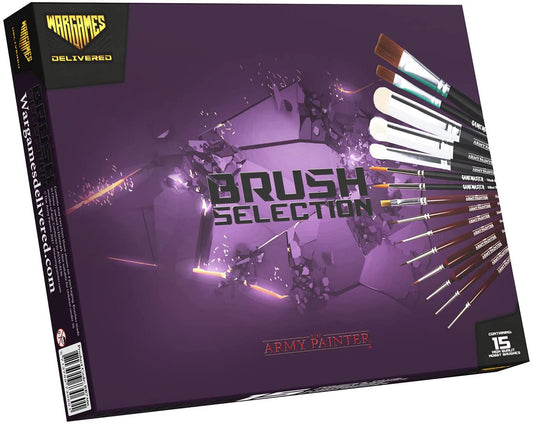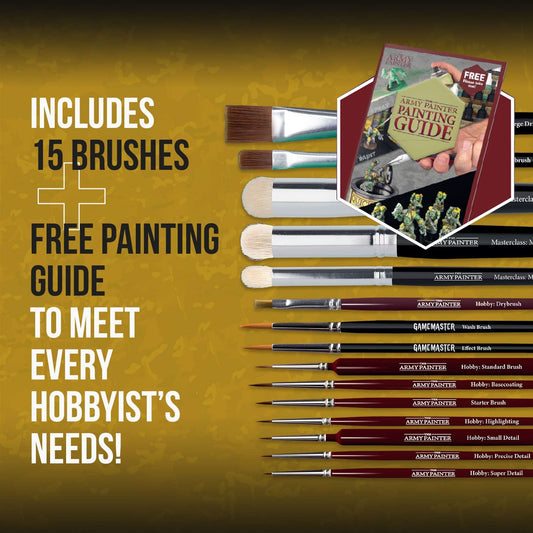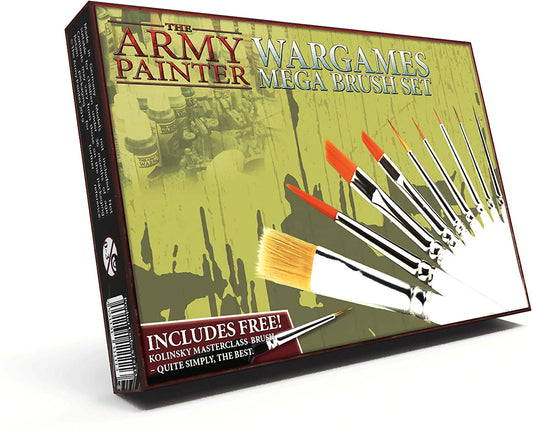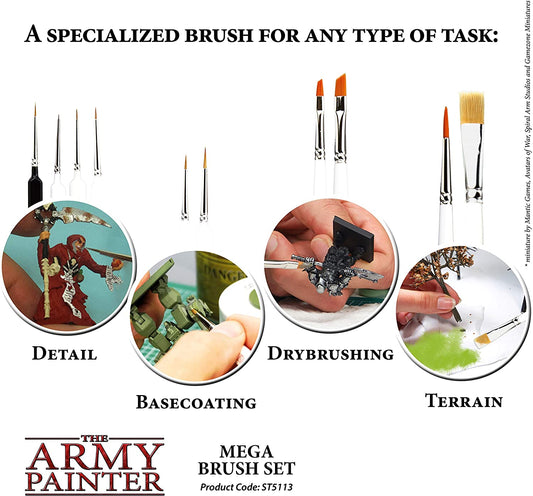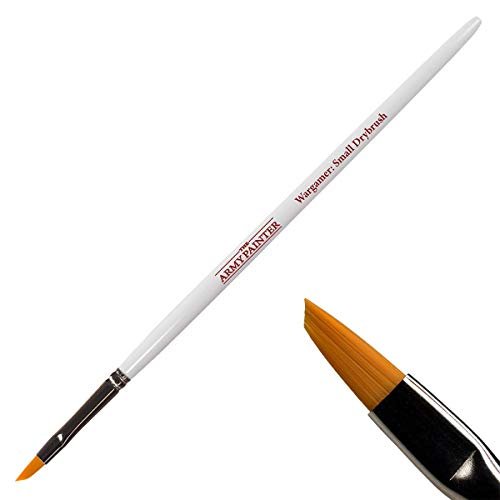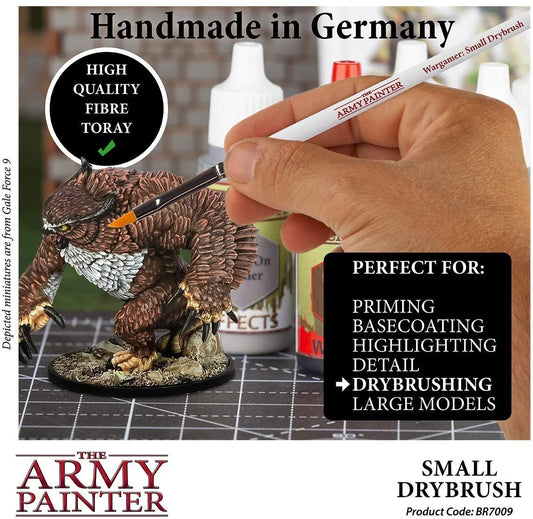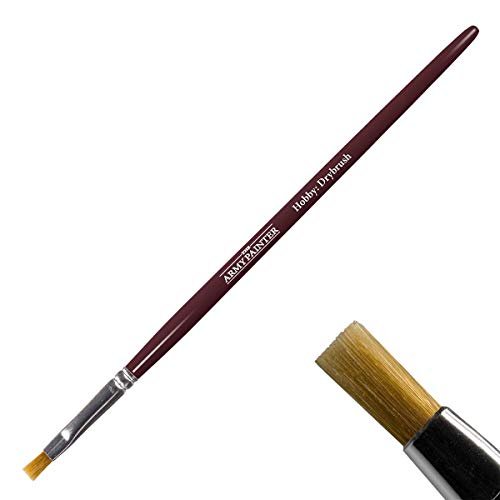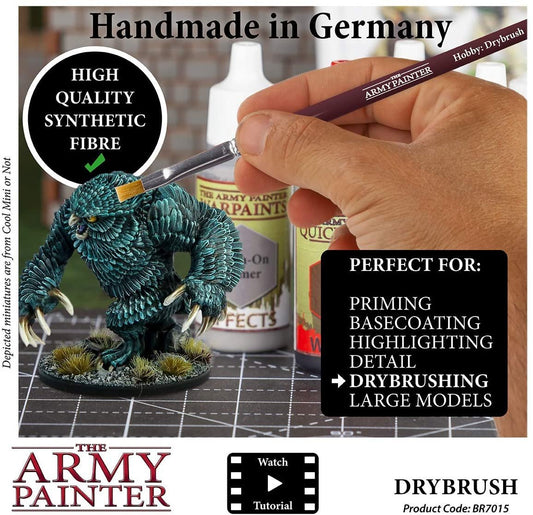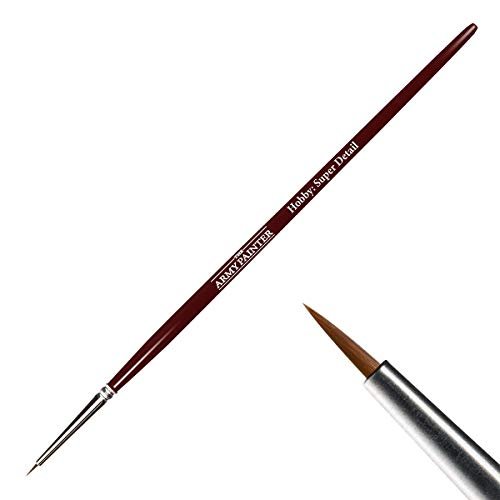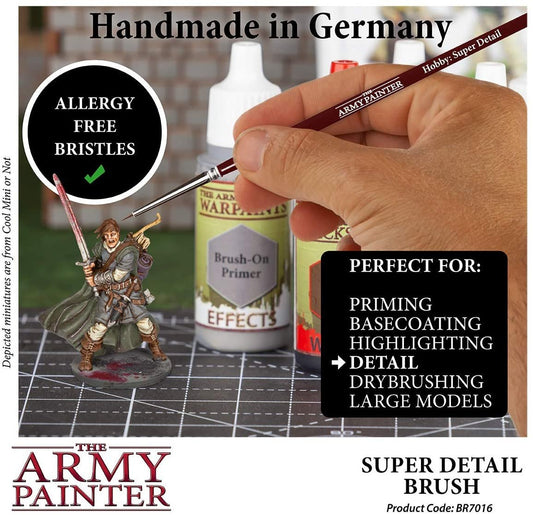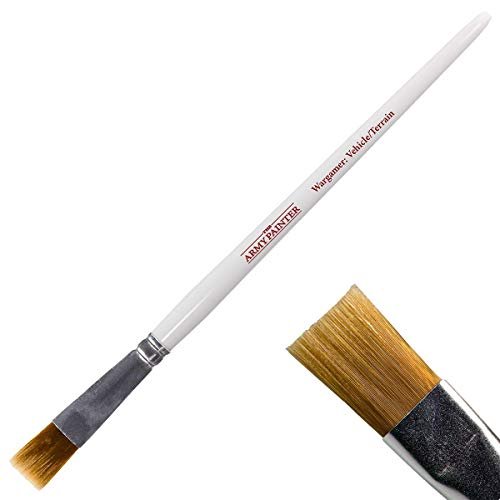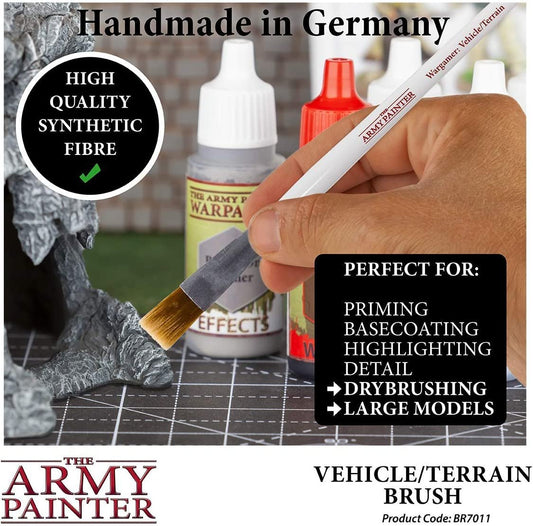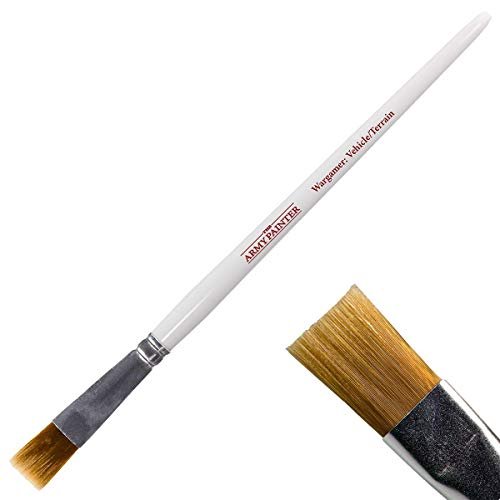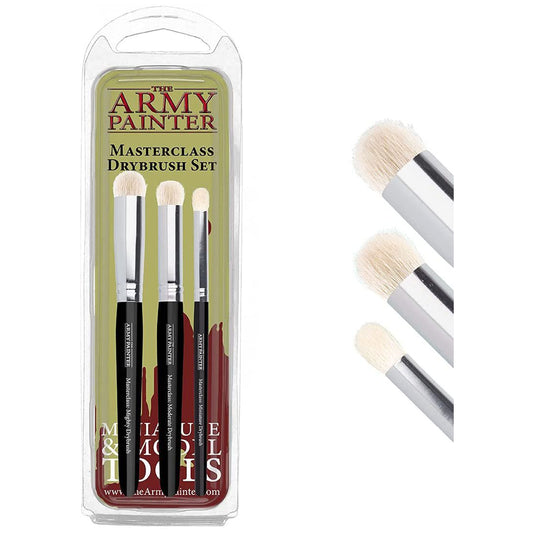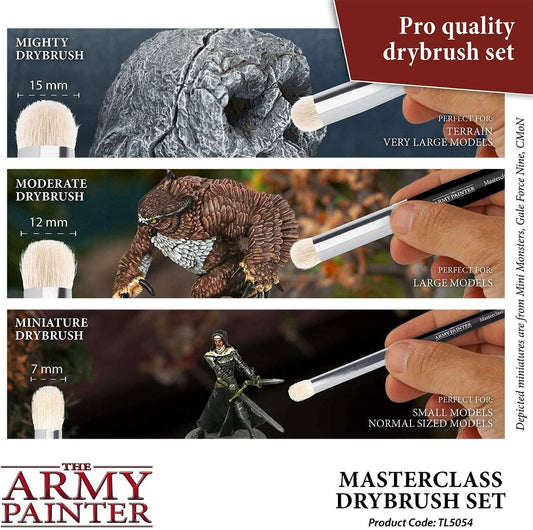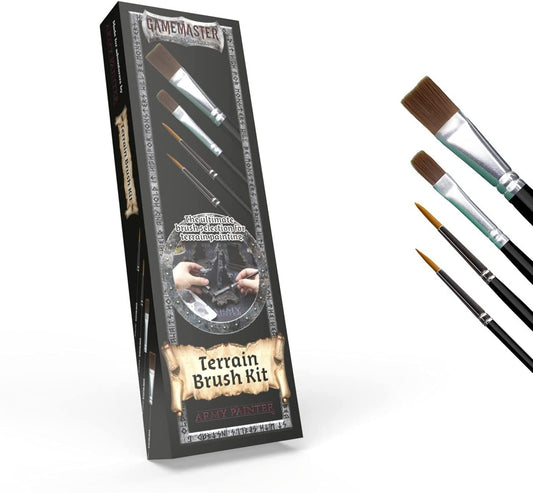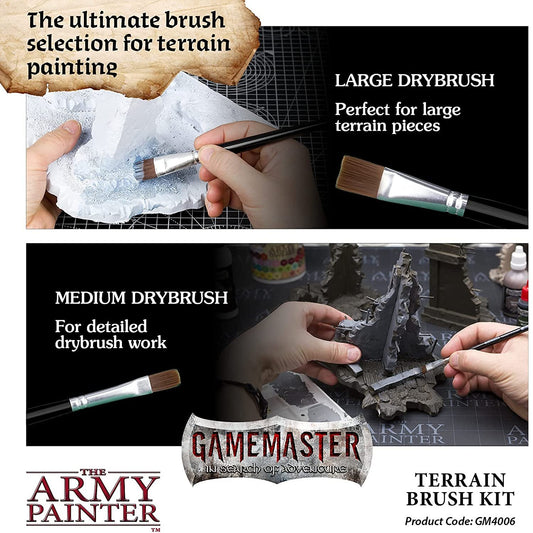-
The Wargames Delivered - Brush Selection Kit
Regular price $69.99Regular priceUnit price per -
The Army Painter - Mega Brush Set (box)
Regular price $79.99Regular priceUnit price per -
The Army Painter - Wargamer Brush: Small Drybrush
Regular price From $8.50Regular priceUnit price per -
The Army Painter - Hobby Brush: Drybrush
Regular price From $4.99Regular priceUnit price per -
The Army Painter - Hobby Brush: Super Detail Brush
Regular price From $6.99Regular priceUnit price per -
The Army Painter - Wargamer Brush: Vehicle / Terrain
Regular price From $9.99Regular priceUnit price per -
The Army Painter - Flat Paint Brush
Regular price $6.99Regular priceUnit price per -
The Army Painter - Masterclass Drybrush Set
Regular price $19.99Regular priceUnit price per -
The Army Painter - GameMaster: Terrain Brush Kit
Regular price $29.99Regular priceUnit price per
Mastering Miniature Painting: A Beginner's Guide to Paint Brushes and Their Use
When it comes to miniature painting, variety is key. You'll need different types of brushes for different tasks. If you're new to the hobby, selecting the right brushes can seem like a daunting task. But worry not, we're here to guide you through it. We'll also emphasize on the brand The Army Painter, known for its high-quality products designed for both beginners and seasoned miniature painters.
Key Features to Consider when buying All Paint Brushes
Frequently Asked Questions about All Paint Brushes
1. What types of brushes are best for miniature painting?
2. What materials are best for miniature paint brushes?
3. How do I maintain my miniature paint brushes?

